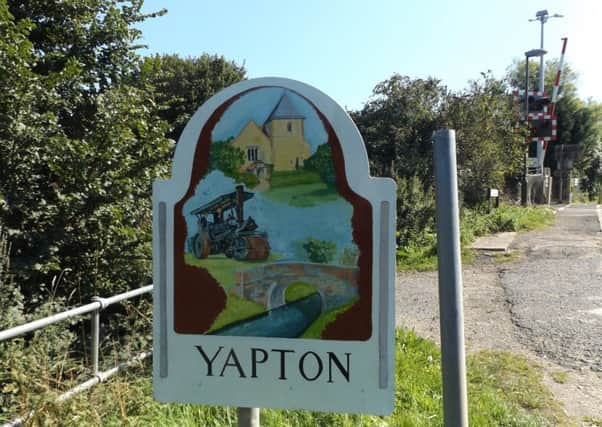Decision due on Yapton ‘concrete crushing’ plant


TJ Waste and Recycling, which specialises in waste management and bulk haulage, already operates a materials recovery facility (MRF) at Northwood Farm off Burndell Road.
The company is seeking permission for a new inert waste recycling facility on land next to the existing MRF and submitted an application to West Sussex County Council.
Advertisement
Hide AdAdvertisement
Hide AdThe new plant would enable TJ to produce secondary aggregates from inert waste, which objectors have described as ‘concrete-crushing’.
The application is due to be discussed by the county council’s planning committee next Tuesday (July 9).
Officers are recommending approval, despite 164 objections raising concerns about noise and dust emissions, extra traffic and pollution along Burndell Road and loss of greenfield land in the countryside.
Yapton and Clymping parish councils have also signalled their opposition to the proposals.
Advertisement
Hide AdAdvertisement
Hide AdBut officers said in their report: “The proposed development would replace the loss of inert recycling capacity from Portfield Quarry in Chichester, thereby meeting an identified need for a facility.
“While the development would extend development into land identified as being in the open countryside, it would be a relatively small intrusion, immediately adjacent to an existing waste site, on land which is already severed from the surrounding agricultural land.”
The proposed new building would be used to process up to 50,000 tonnes of inert waste a year. A total of 35,000 tonnes would be imported to the site via six HGV deliveries a day on average, with the remainder supplied from the existing MRF building.
The proposed hours of operation would be 8am-6pm Monday to Friday and 8am-1pm on Saturdays.
Advertisement
Hide AdAdvertisement
Hide AdOfficers felt dust emissions would be controlled primarily by enclosing operations within the building, while the increase in HGV movements would not result in a severe impact on the highways network.
Meanwhile given the siting of the structure among industrial buildings of a similar scale and its distance from surrounding dwellings and public viewing points they did not consider it to have an unacceptable impact on the visual amenity of the surrounding area or the wider landscape.